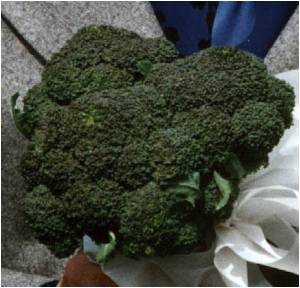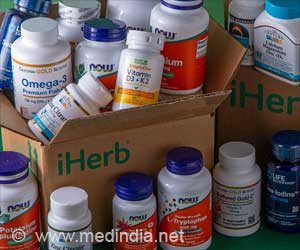A recent research has found a method to reduce the amount of food-irradiation by 50 percent.

Reducing the amount of radiation is not so much a safety measure as it is a way to preserve quality of the produce, said Carmen Gomes, AgriLife research food safety engineer.
The U.S. Food and Drug Administration recently approved the use of irradiation at dosages of up to 4,000 Gray on leafy greens such as spinach, Gomes said.
A Gray is a measure of ionizing radiation dose and it is equal to the absorption of 1 Joule of ionizing radiation by 1 kilogram of matter.
"That dosage was determined as what was necessary to achieve an 100,000-fold reduction of such pathogens as E. coli O157:H7 and salmonella. However, we know based on previous research conducted by our group that above 1 kilo Gray (1,000 Gray) the quality of leafy vegetables starts to decay and they lose their freshness," noted Gomes.
A 100,000-fold reduction corresponds to a 99.999 percent kill rate, according to Dr. Rosana Moreira, another member of the team.
Advertisement
The team was looking for ways to reduce the amount of ionizing radiation without reducing its effectiveness in killing pathogens. An electron-beam gun is typically used to irradiate food for several reasons, Gomes said.
Advertisement
Working with this concept, the researchers packed the vegetables in Mylar bags filled with pure oxygen, a nitrogen oxygen mix or plain air. Prior to bagging, the team uniformly inoculated both fresh and frozen spinach samples with a cocktail containing either salmonella or listeria cultures. They then subjected the sample bags to various levels of radiation, ranging from 0.2 to 1.25 kilo Gray.
After irradiation, the team tested the samples for pathogens. Their test showed modified packaging containing either pure oxygen or the nitrogen/oxygen mix increased the sensitivity of salmonella or listeria to radiation without changing the way the radiation affected the vegetables, Gomes said.
"So, there is no harm done at all. This allows the processor to irradiate the produce at lower doses and still kill the pathogens. The good thing about this is that product quality is assured," concluded Gomes.
Source-ANI









